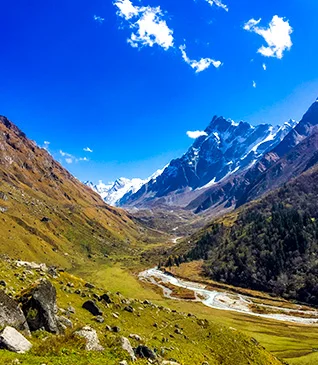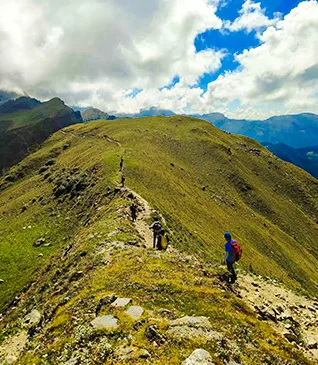Winter treks in the Himalayas is exquisitely beautiful and with more and more people getting interested in trekking, it has become a popular adventure sport. The thrill of hiking in the mountains is bringing people to these high-altitude treks, even when the mountains are covered in snow and it is very cold outside.
The beauty and thrill offered by a trekking experience are unparalleled, however, surviving in this winter wonderland is equaly as difficult. There are some things that you need to learn and some things to unlearn before you set out for a winter expedition. and some to be learned. Here are some dos and don’ts of a winter trek.
Backpack
.webp)
Do’s
- Keep your backpack as light as possible.
- Get warm clothes that are lightweight like a lightweight fleece jacket, down jackets, woolen buffs, etc. This will help keep your backpack light
Don’ts
- Carry heavy woolen sweaters or down jackets. Only 1-2 fleece and 1 thick jacket work fine. Wear layers of t-shirts if you feel colder. Thick clothes are only going to make your backpack heavier.
Cold protection
.webp)
Do's
- Layer yourself with multiple clothes. 3-4 jackets or 1 thick trouser. During the daytime when the sun is out, you may feel warm. Therefore, it is recommended to wear layers so that you can remove layers according to the weather.
- Use 2-3 woolen socks to keep feet warm while sleeping
- Keep your head and body covered. This helps prevent heat loss.
Don’ts
- Keeping your face open is a big mistake. The cold temperatures affect your face and may cause your skin to break. A face mask or a buff is a great way to protect your face.
- Everybody has a different level of resistance when it comes to cold-bearing capacity. Some may feel chilly while some may not so do not compare your bodily regulations with others.
Personal Hygiene
.webp)
Do's
- Use hand sanitizer instead of washing hands frequently with cold water. Using cold water to wash hands frequently will result in heat loss and you will find it difficult to warm your body.
Don’ts
- Never wash your face with extremely cold water in the morning. We also recommend not to brush your teeth in the morning. Wait until the weather gets a little warmer.
- Dry toilets also freeze, as the soil freezes. So, always try to cover the pit after you use the toilet.
Hydration
%20(1).webp)
Do's
- It is recommended to stick to warm water and avoid drinking chilly water. Coldwater cancels out all the efforts that you take to keep the body warm. Keep an insulated bottle with you that you can fill with warm water and sip during the trek.
Don’ts
- Drink cold water as it will cause cough and colds and also result in heat loss from your body.
Food
.webp)
Do's
- Always eat a full meal. It will keep your stomach working and thus generate more heat for your body. Don’t
- Eat protein-rich food, carbs, and easily digestible food for instant energy.
Equipment
.webp)
Do's
- Use a trekking pole with a snow cap to walk efficiently on snow
- Use crampons, microspikes, or any equipment recommended for the trek. Also learn the proper technique of using this equipment if you don’t know-how.
- Wear good quality, waterproof or water-resistant shoes, so that they keep your feet warm while walking.
Don’ts
- Don’t take crampons or microspikes lightly. They may hurt you or the people around you. So, keep and use them correctly.
- Lose any equipment. Always look after the equipment issued to you, because losing them in snow means never finding them.
- Invest in low-quality gear when it comes to fighting the cold in the mountains. If you are not a frequent trekker and you wish not to spend money on one-time gear then rent the required materials.
During Snowfall
Do's
- Use your hands to clean snow accumulated on the tents and not pointed objects. Pointed things can tear the tent.
- Work with your tent mate as a team to clean the tent. Wake up in turns, so that you can get some sleep.
- Use windproof jackets, ponchos to protect yourself while walking.
- Cover your face and head when it is snowing and windy.
Don’ts
- Don’t keep your shoes outside the tent. Keep it inside the tent under the outer cover. Snow when gets inside the shoes make it cold and wet and it is nearly impossible to dry your shoe on the trek.
Sleep
.webp)
Do's
- While sleeping, place your sleeping bags in the center. Keep your backpacks on the outer side beside your sleeping bags. Sleeping at the center of the tent and next to your tent mate will keep you warm.
- Always inform your tent mate if you are leaving your tent at night. The best is to take them with you.
Don’ts
- Miss a sleep. Sleep time is when your body recovers from fatigue.
- Usually, sleeping at high altitudes is difficult and, not 5-6 hours at a stretch, it happens in breaks. Yet, the sum of the breaks must be 5-6 hours. Use all the tips mentioned in the above points to sleep comfortably.
Acclimatization
.webp)
Do's
- Use natural remedies for acclimatization. Usually, winter treks are up to 12,000 feet with slow height gain. Yet, there may be chances of AMS. So, take proper precautions. Drink enough water, don’t exert your body.
- To avoid exertion, your body must be in good physical condition. Make sure you prepare well for winter treks. An easy trek means it is moderate in winter due to the added difficulty of snow and cold. In short, in winter, all the treks are difficult
Don’ts
- Depending on Diamox. Try to acclimatize naturally. However, if you wish to consume Diamox, consult a doctor, make sure to complete the course, and inform your Trek Leader.
- Don’t consume any medication on the treks without informing your Trek Leader.
Cooperating With Your Team
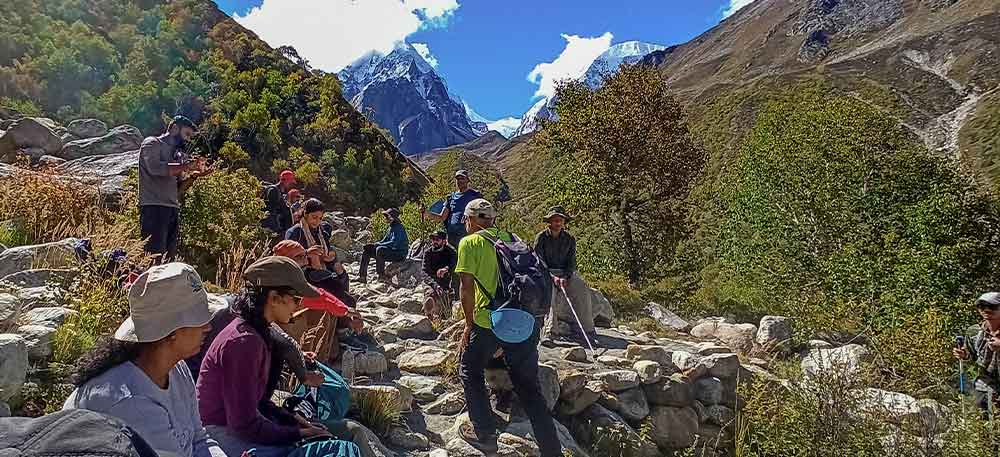
Do's
- Follow the instructions of your Trek Leader or guide. They know the right way to guide you. So, follow in their footsteps.
- Trust your team and fellow trekkers. Remember, in the worst conditions, they are the ones who will help you.
Don’ts
- Underestimate or disrespect your team.
- Don’t hide any discomfort or medical issues from your Trek Leader. The winter will come every year. But for you to keep coming, you must safely return now.
.webp)
The Best Places to Visit in Dehradun
.webp)
Phulara Ridge Trek - Explore the Hidden Ridge in Himalayas
 (1).webp)
Trek Update: Valley of Flowers and Hampta Pass are Fully Accessible for Exploration
 (1).webp)
Har Ki Dun - Best Autumn Trek
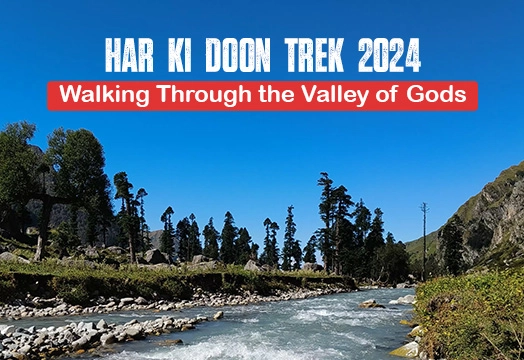
Har Ki Doon Trek 2024 - Walking Through the Valley of Gods
.webp)
Best Time for Kedarkantha Trek in 2024
.webp)
Post-Monsoon Marvel of EBC Trek and Annapurna Circuit Trek
 (1) (1).webp)
Discovering Goechala - A Himalayan Adventure
 (2).webp)
Adi Kailash Yatra : A Spiritual Journey to the Abode of Lord Shiva
.webp)
Know the Hidden Gem- The Brammah Valley Trek
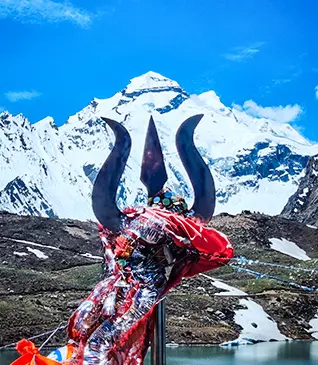
.webp)
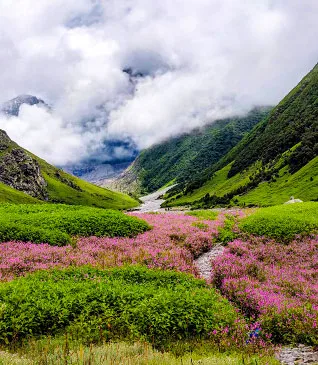
.webp)
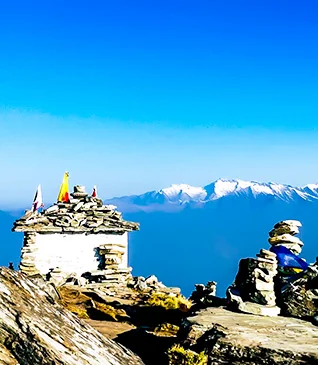
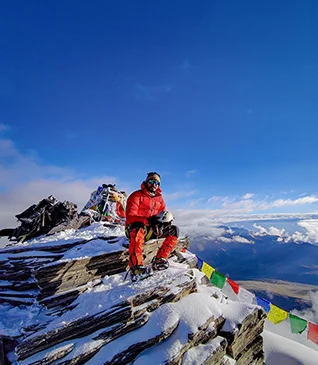
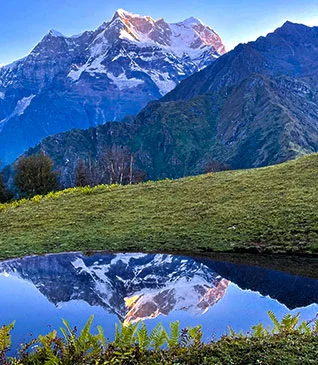
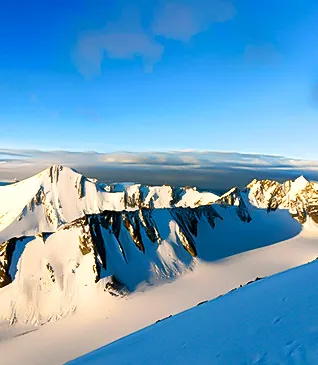
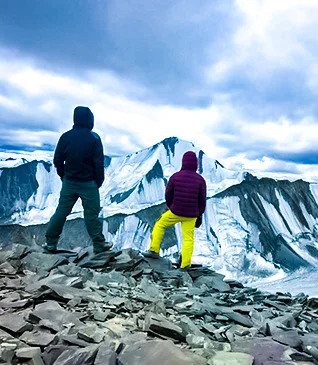
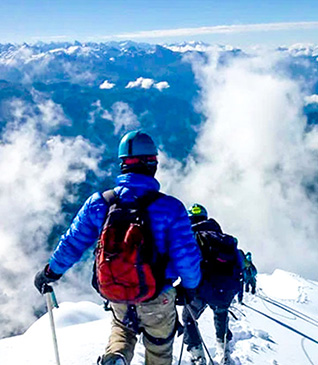
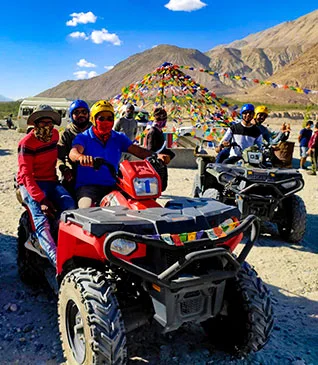
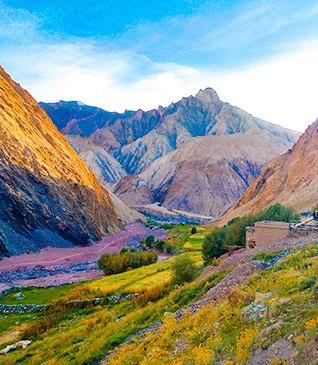
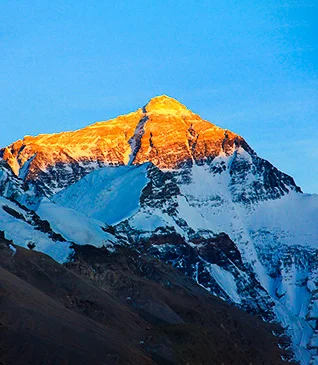
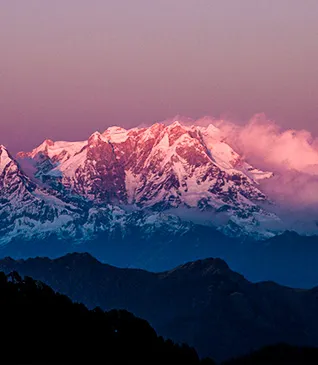
.webp)
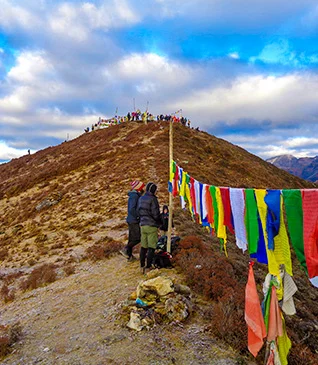
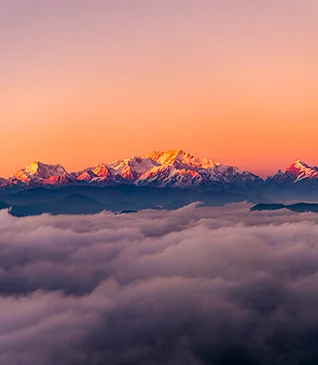
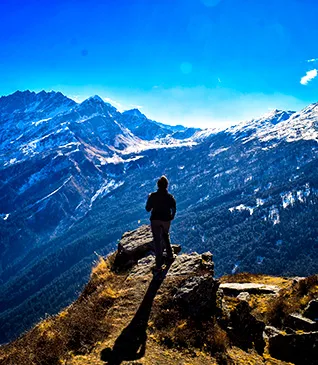
.webp)
